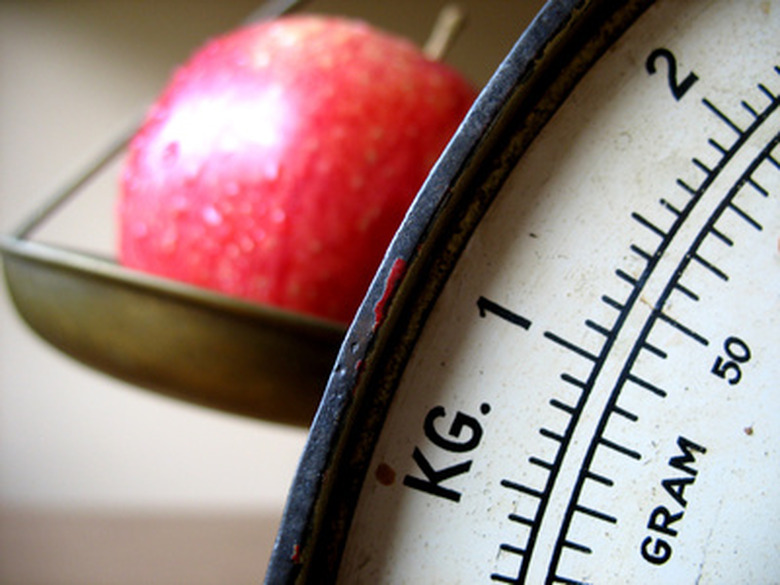How To Find Density
An object's density is the ratio of its mass to its volume. A very dense object has tightly packed, or compact, matter. Finding the density of an object is easier than you think.
Step 1
Find the object's mass. Density is equal to an object's mass divided by its volume. Note that to properly calculate density, you need to find the mass in grams. You can use a balance with gram weights, or you can find the mass with a scale and convert the units to grams.
Step 2
Find the object's volume. There are two ways to find volume. If the object is regular, you can use a volume formula. For example, the volume of a rectangular prism equals width x height x length. To make this calculation, measure the width, height and length of the object in centimeters. You can also use a graduated cylinder to measure volume. Simply fill the graduated cylinder with water and note this measurement. Drop the object to be measured in the cylinder. Find the difference between the new and original measurements on the graduated cylinder. This is the object's volume. For your density calculation, you will need a volume in cubic centimeters, so convert units accordingly.
Step 3
Use the object's mass and volume to find density. Density equals mass divided by volume. Simply make this calculation, and you have found the object's density. Make sure to label your final calculation with the proper units: g/cm^3.
Things Needed
- Balance or scale
- Ruler
- Graduated cylinder
Cite This Article
MLA
Contributor, . "How To Find Density" sciencing.com, https://www.sciencing.com/density-4479755/. 24 April 2017.
APA
Contributor, . (2017, April 24). How To Find Density. sciencing.com. Retrieved from https://www.sciencing.com/density-4479755/
Chicago
Contributor, . How To Find Density last modified March 24, 2022. https://www.sciencing.com/density-4479755/
